Phellinus and similar spp.
Scientific names: Phellinus everhartii (Ellis &
Galloway) A.
Ames;
Phellinus igniarius (L.) Quel.;
Porodaedalea pini (Brot.) Murrill.
Derivation of names: Phellinus means "made of cork"or
"corky." Everhartii honors B.M. Everhart, a mycologist who
lived from 1818 to 1904. Igniarius refers to "fire." Pini
indicates its occurrence on pines (Pinus spp.)
Synonymy: Phellinus pini (Brot.) Bondartsev & Singer for
Porodaedalea pini (Brot.) Murrill.
Phylum: Basidiomycota
Order: Hymenochaetales
Family: Hymenochaetaceae
Comments: A number of Phellinus species and related
species
occur in the Northeast. These perennial species
are resupinate, effused-reflexed, or sessile. Cap colors
vary from yellowish to brownish
to gray to black. Caps
may be cracked or not. The pore surface
is yellowish to
brownish. They have a brownish context and
most have
microscopic setae. Many are parasites. Some occur at the
base
of the tree
(root and butt rot species) and others are
high up on the tree (trunk rot species). Most require the
use of a
microscope to identify them with certainty and
are
therefore not
included in the keys. A few species are
pictured
here.
More information at TomVolkFungi.net:
More information at MushroomExpert.com:
More information at MushroomExpert.com:
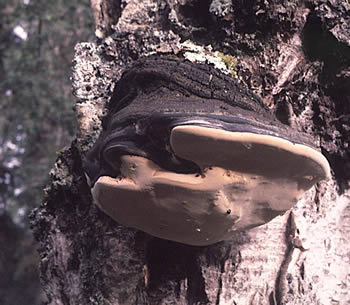
Figure 1. Phellinus igniarius parasitizes hardwoods of
many genera and continues as a saprotroph after the tree
dies. Photo © Tom Volk.
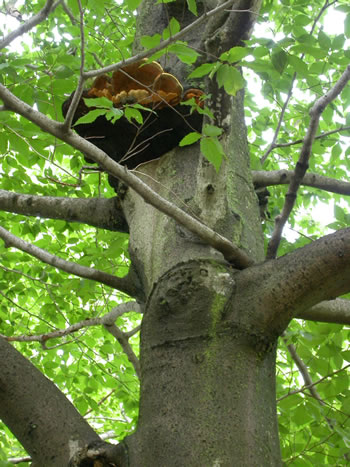
Figure 2. This specimen, high up in the tree, was spotted at
the 2003 NEMF foray at Scott's Oquaga Lake House in
NY and tentatively
identified (from ground level) as
Phellinus igniarius. Photo © Gary Emberger.
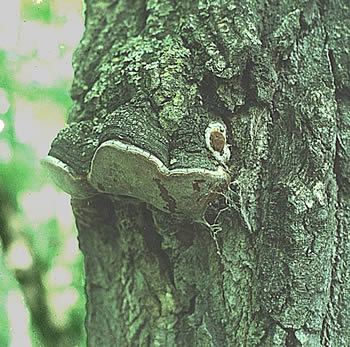
Figure 3. Phellinus everhartii usually parasitizes the
trunks of oak (Quercus) species, causing serious
heartrot.
Photo © Tom Volk.
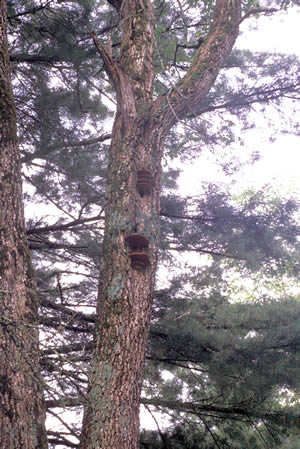
Figure 4. Porodaedalea pini parasitizes conifer
species. Photo © Larry Grand.
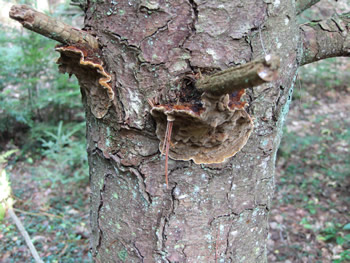
Figure 5. Porodaedalea pini parasitizing white pine
(Pinus strobus). This parasite commonly infects living
conifers at the branch stubs. Photo © N. Brazee.
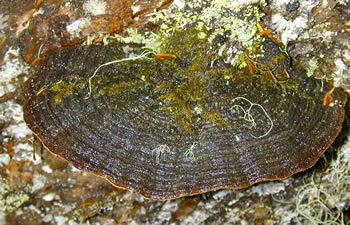
Figure 6. Porodaedalea pini upper surface.
Photo © Tom Volk.
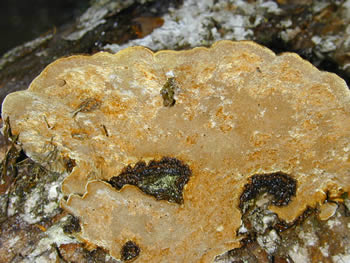
Figure 7. Porodaedalea pini pores. Photo
© Tom Volk.